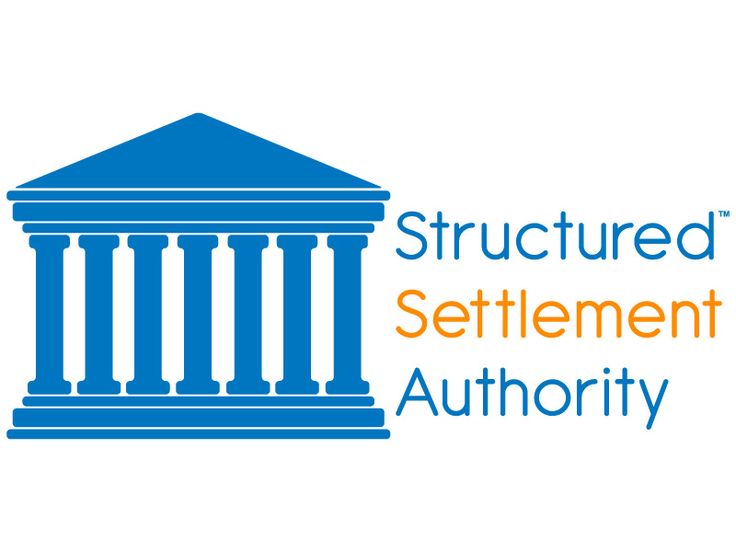Introduction
Structured settlements have become an integral part of the UK legal and financial landscape, offering a method for individuals to receive compensation through periodic payments rather than a lump sum. This approach is particularly prevalent in personal injury, medical negligence, and other tort cases. This guide delves into the intricacies of structured settlements, exploring their benefits, drawbacks, and considerations for those contemplating this compensation method.
What Is a Structured Settlement?
A structured settlement is a financial arrangement resulting from a legal claim, where the claimant agrees to receive compensation in the form of scheduled payments over time, rather than a single lump sum. These payments are typically funded through an annuity purchased by the defendant or their insurer, ensuring a steady income stream for the claimant.

Historical Context and Legal Framework in the UK
Structured settlements gained prominence in the UK during the late 20th century, particularly following cases involving long-term injuries requiring ongoing financial support. The legal framework governing structured settlements includes:
- Damages Act 1996: Provides courts with the authority to order periodical payments for future pecuniary losses in personal injury cases.
- Civil Procedure Rules (CPR): Outline the procedures for implementing structured settlements within the litigation process.
These legal provisions ensure that structured settlements are administered fairly and in the claimant’s best interests.
Advantages of Structured Settlements
1. Financial Security
Structured settlements offer long-term financial stability, providing claimants with a predictable income stream to cover ongoing expenses such as medical care, rehabilitation, and daily living costs.
2. Tax Efficiency
In many cases, structured settlement payments are tax-free, enhancing the overall value of the compensation received. This tax advantage can significantly impact the claimant’s financial planning and quality of life.
3. Customization
Payment schedules can be tailored to meet the claimant’s specific needs, with options for monthly, quarterly, or annual payments. Additionally, provisions can be made for larger payments at predetermined intervals to cover significant expenses.
4. Protection Against Mismanagement
Receiving compensation over time reduces the risk of mismanaging a lump sum, ensuring that funds are available for future needs and minimizing the likelihood of financial hardship.
5. Creditor Protection
Structured settlements can offer protection from creditors, as the annuity payments are often safeguarded against claims, providing an additional layer of financial security.

Disadvantages of Structured Settlements
1. Lack of Flexibility
Once established, the terms of a structured settlement are generally fixed, making it challenging to adjust payment schedules in response to changing circumstances or unexpected expenses.
2. Inflation Risk
If the settlement does not include provisions for inflation adjustments, the real value of the payments may diminish over time, potentially impacting the claimant’s purchasing power.
3. Dependence on Annuity Provider
The reliability of structured settlement payments is contingent upon the financial stability of the annuity provider. If the provider faces financial difficulties, it could jeopardize the claimant’s income stream.
4. Limited Access to Funds
Structured settlements restrict immediate access to large sums of money, which may be necessary for significant investments or unforeseen costs.
Structured Settlements vs. Lump Sum Payments
When deciding between a structured settlement and a lump sum payment, claimants should consider:
- Immediate Financial Needs: Lump sums provide immediate access to funds, suitable for those with pressing financial obligations.
- Long-Term Financial Planning: Structured settlements offer a steady income, beneficial for long-term financial security.
- Risk Tolerance: Lump sums require careful financial management to avoid rapid depletion, whereas structured settlements mitigate this risk.
Each option has its merits, and the choice depends on the claimant’s individual circumstances and financial goals.
Implementation Process of Structured Settlements
1. Negotiation
The claimant and defendant agree on the settlement amount and structure, often with the assistance of legal and financial advisors.
2. Court Approval
In cases involving minors or individuals lacking capacity, court approval is required to ensure the settlement serves the claimant’s best interests.
3. Annuity Purchase
The defendant or their insurer purchases an annuity from a financial institution, which will fund the periodic payments to the claimant.
4. Payment Commencement
The claimant begins receiving payments according to the agreed schedule, with the annuity provider managing the disbursement process.

Legal Considerations and Best Practices
- Seek Professional Advice: Engage legal and financial professionals experienced in structured settlements to navigate the complexities of the process.
- Assess Financial Needs: Carefully evaluate current and future financial requirements to determine the suitability of a structured settlement.
- Review Annuity Provider Credentials: Ensure the chosen annuity provider has a strong financial standing to guarantee the reliability of payments.
- Understand Tax Implications: Consult with tax advisors to comprehend the tax treatment of structured settlement payments.
Conclusion
Structured settlements offer a viable alternative to lump sum payments, providing long-term financial security and tax advantages for claimants. While they may lack flexibility, their benefits can be substantial for individuals requiring ongoing support. Careful consideration, professional guidance, and thorough evaluation of personal circumstances are essential in determining the most appropriate compensation structure.
